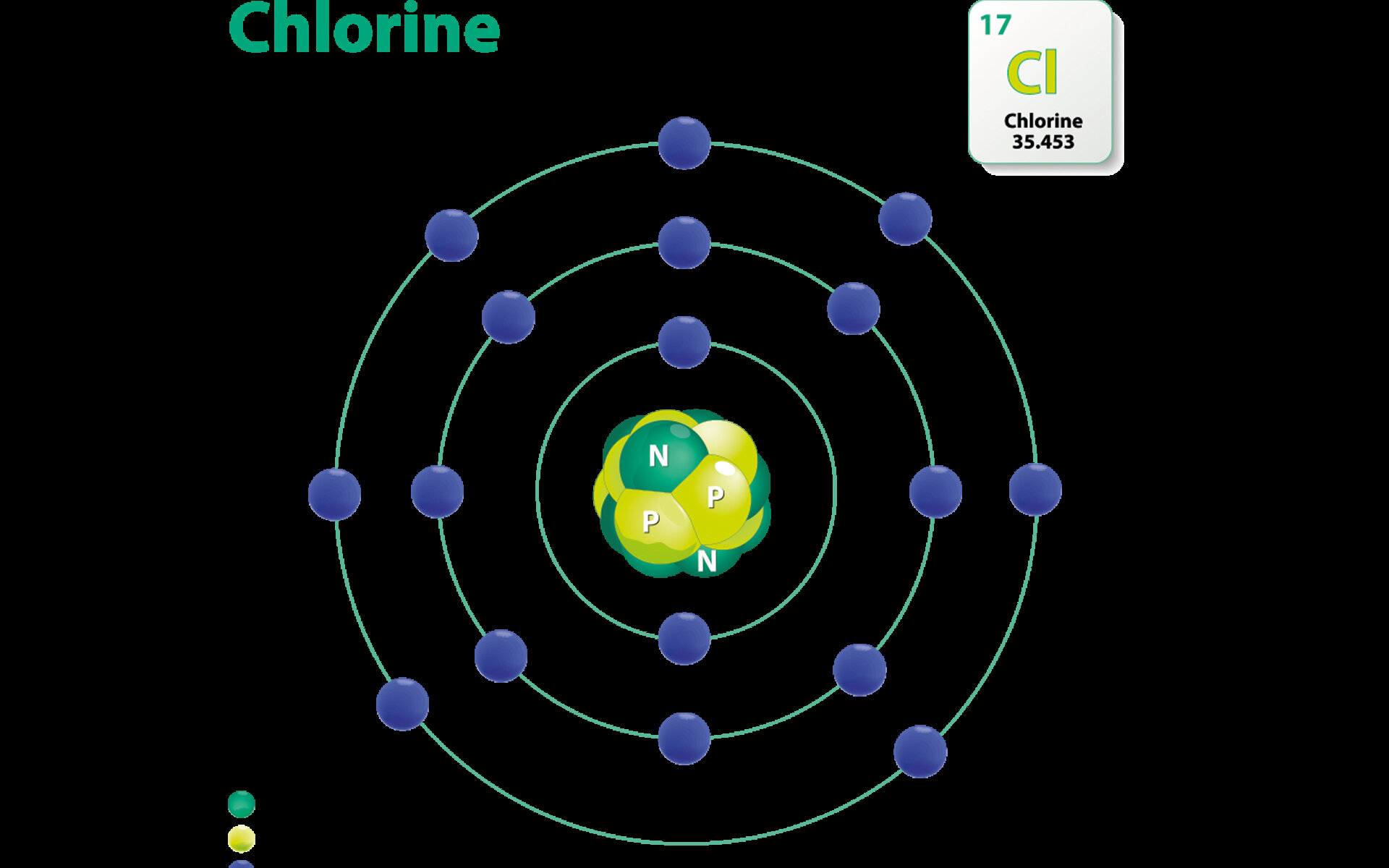Yasemin Bakar
For nearly a century, chlorine has been used to disinfect drinking water. The use of chlorine in water started when John Snow used to purify the cholera-causing water of the Broad Street Pump, in London. After seeing that chlorine curbed deaths from cholera, Great Britain started chlorinating their public drinking water. Then chlorination began in New Jersey, and after that it was soon used throughout the United States. Measuring the benefits and risks, it’s clear that the advantages of adding chlorine to drinking water outweigh the potential dangers. Scientific research also shows that the benefits of chlorinated water are more than the risks from THM’s and other by-products (Health Canada, 2004).
There continue to be many people in developing countries who do not have access to clean water. In some parts of the world, people collect water from available sources and store it in containers without treatment and further protection from contamination (Sobsey, Handzal & Venczel, 2003).
Sobsey, Handzal & Venczel (2003) conducted an experiment to see the effects of chlorine when added to a container with contaminated water. These experiments were conducted in Bangladesh and Bolivia. Community families were divided into two groups: intervention (household water chlorination and storage in special container) and control (no intervention). The results in Bangladesh were: in the intervention households, only 12.9% of the containers were E.coli positive; in the control households, 55.2% of containers were E.coli positive. The results were equally stark in Bolivia: only 33.7% of intervention households were contaminated by E.coli, whereas 93.8% of control households were contaminated.
There was also a decrease in the diarrhoeal illness in the experimental findings for samples in both countries’ households where the water was treated with chlorine. During the eight-month trial period, the mean diarrhea incidence rates of children younger than five years old in Bangladesh was 20.8 episodes/1000 days in the intervention group and 24.3 episodes/1000 days in the control group. In Bolivia, where the experiment lasted for six months, the mean diarrhea episodes/person for all age groups was 0.21 for the intervention group 0.38 for the control group. 43% of all cases of diarrhea were preventable by the intervention (Sobsey et al., 2003).
The study noted other successes. In some countries, like Saudi Arabia, chlorine was used in household tanks, which resulted in a 48% reduction of diarrhea; and in India, chlorine was used in earthenware, which resulted in a decrease of cholera cases, from 17% to 7.3%. (Sobsey et al., 2003).
In another study, Coulliette, Enger, Weir & Rose (2013), evaluated the effect of chlorinated HaloPure beads on the reduction of bacterial pathogens with concurrent sewage contamination. They estimated the risk reduction of waterborne typhoid fever and cholera within a hypothetical community of 1000 people treating their water with the chlorinated HaloPure beads. Seeded well water resulted in log10 reductions of 5.44 for S. Typhi and 6.07 for V. cholera (Coulliette et al., 2013). In well water with 10% sewage and seeded bacteria, the log10 reductions were 6.06 for S. Typhi and 7.78 for V. cholera (Coulliette et al., 2013). If an individual drinks from the contaminated water that was taken from the water source that had fecal material leaked into it, the risk of disease according to the Monte Carlo analysis would be a median of 0.21 for typhoid fever and a median of 0.11 for cholera (Coulliette et al., 2013). If that same water was treated, then the result would be: median of 4.1*10-7 for typhoid and a median of 3.5*10-9 for cholera (Coulliette et al., 2013).

These are important results: in developing counties, diarrhea is one of the greatest health issues. Arnold & Colford JR. (2007) conducted a systematic review of all studies that measured diarrheal health impacts in children and the impact on water quality of point-of-use chlorine drinking water treatment. Of the 10 studies that were analysed, nine of them showed a reduction of diarrhea in children. Across the 10 studies, the intervention led to an 80% reduction in the proportion of stored water samples with detectable E. coli (Arnold & Colford JR, 2007).
Water chlorination has been a very useful strategy for treating contaminated water for years. Currently, chlorination is the only method that disinfects the pathogens from the point of treatment to the point of consumption. As the scientific research above indicates, the benefits of chlorinating water supplies, particularly in the developing part of the world, is essential for disease prevention and reduction. Water is an essential element for life, and clean water is what keeps us alive. Although chlorine in large doses can be harmful for our health, it can also be a lifesaver. Nothing on earth is created without reason. Chlorine has obviously been created to directly benefit humanity.
References
- Arnold, B. F., & Colford JR., J. M. (2007). Treating water with chlorine at point-of-use to improve water quality and reduce child diarrhoea in developing countries: A systemic review and meta-analysis.The American Society of Tropical Medicine and Hygiene, 76 (2), 354-364.
- Coulliette, A. D., Enger, K. S., Weir, M. H., & Rose, J. B. (2013). Risk reduction assessment of waterborne Salmonella and Vibrio by a chlorine contact disinfectant point-of-use device.International journal of hygiene and environmental health,216(3), 355-361.
- Sobsey, M. D., Handzel, T., & Venczel, L. (2003). Chlorination and safe storage of household drinking water in developing countries to reduce waterborne disease.Water science and technology : a journal of the International Association on Water Pollution Research, 47 (3), 221-228.
- It's Your Health - Drinking Water Chlorination [Health Canada, 2004]. (n.d.). Retrieved June 5, 2013, from http://www.hc-sc.gc.ca/hl-vs/iyh-vsv/environ/chlor-eng.php









